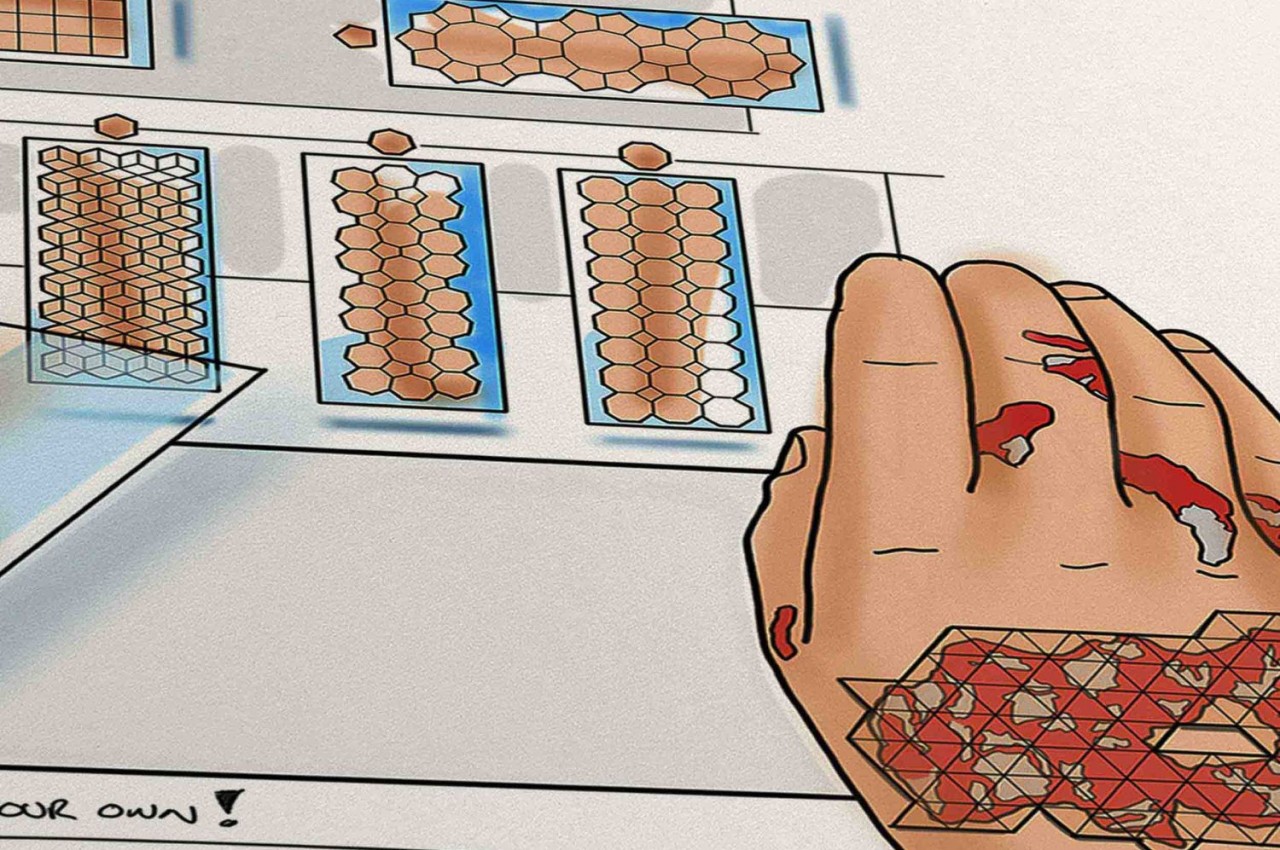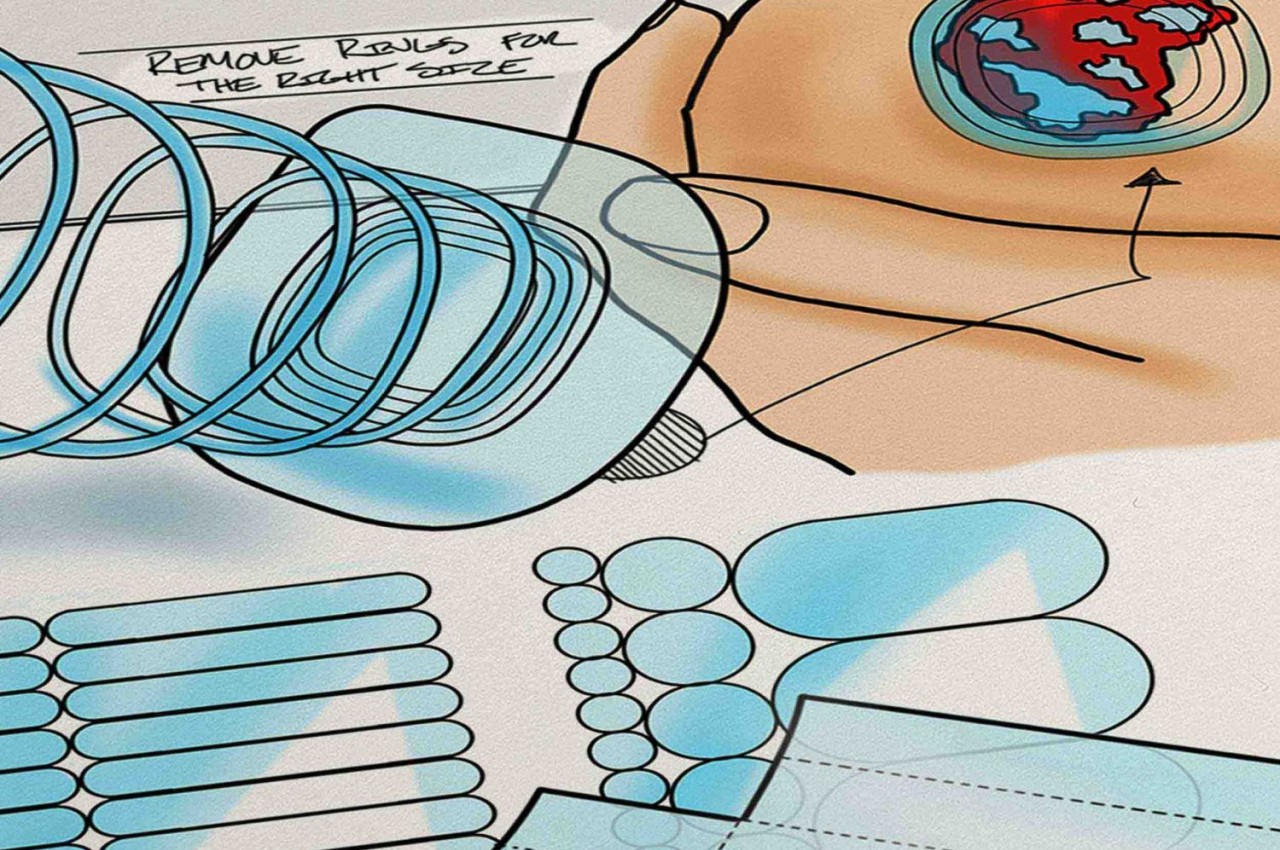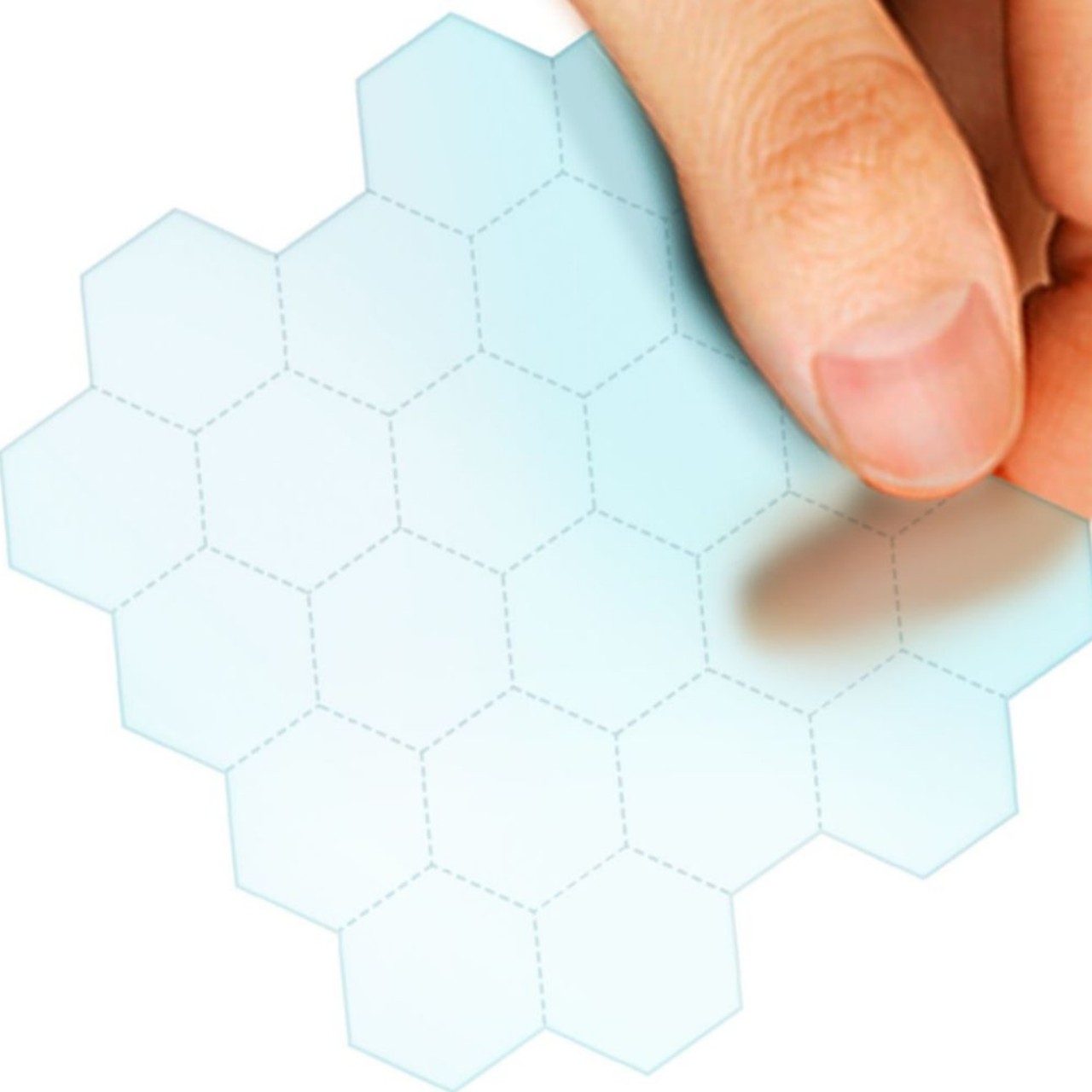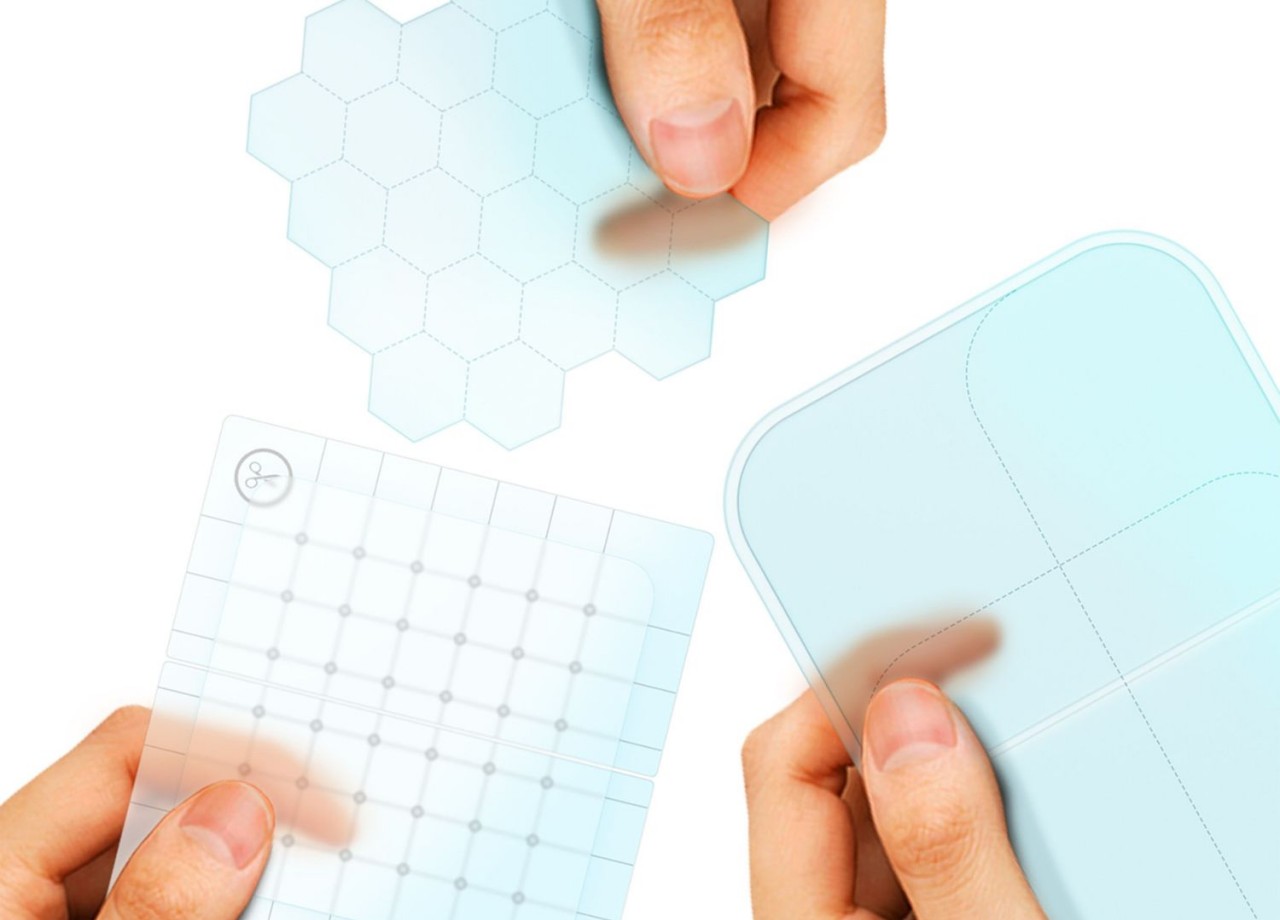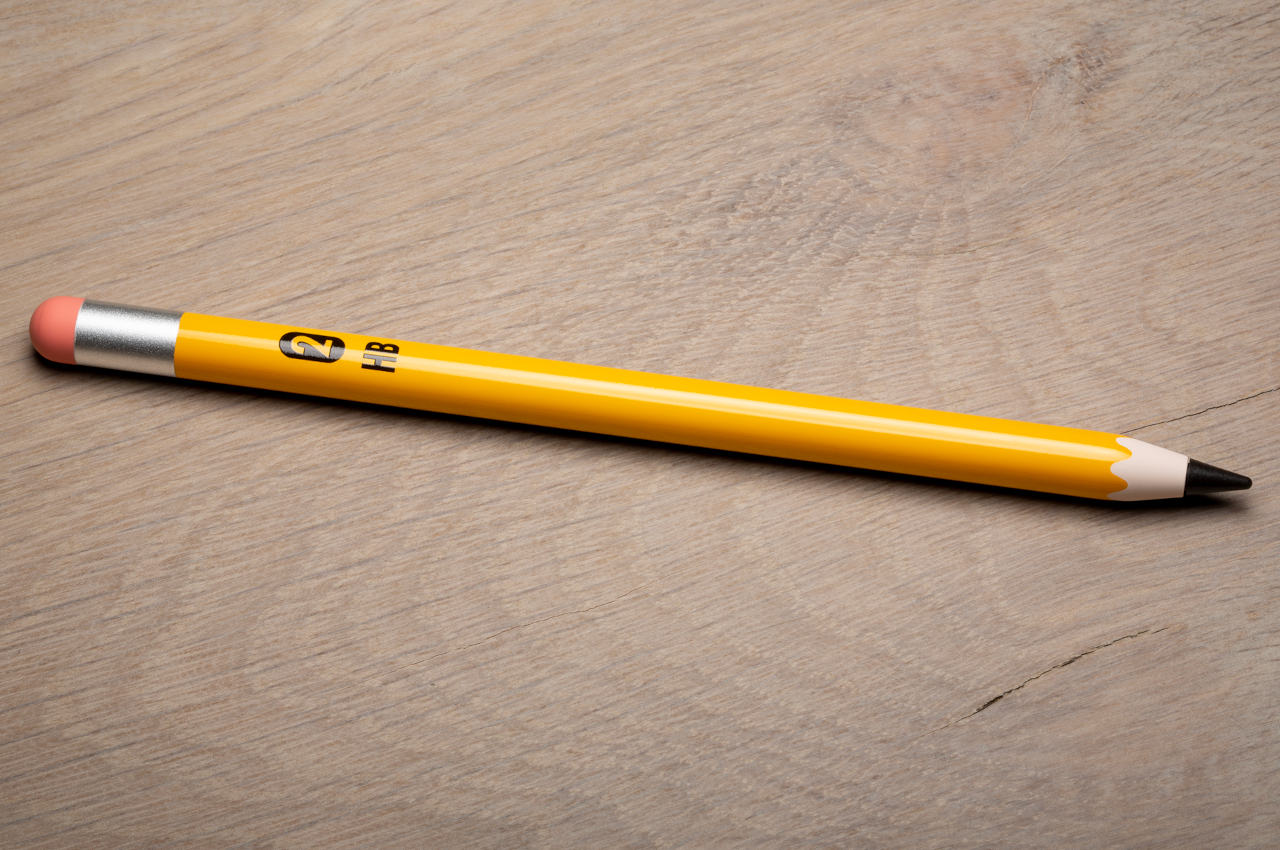
Despite what its founder once said, Apple has wholeheartedly embraced the stylus, at least for its iPads. In fact, you could even say it innovated an accessory that hasn’t seen much change in years, introducing magnetic charging and invisible touch-sensitive buttons to the design. Its minimalist aesthetic and familiar shape have also made it more open to custom designs and skins that allow owners to express themselves beyond a simple white or black stick. Of course, this also presented an opportunity for accessory makers to establish a new market segment made especially just for this Apple stylus. Skin manufacturer Colorware is just the latest to jump on that bandwagon, but its Apple Number 2 Pencil is quite unique in more ways than one.
Designer: Colorware
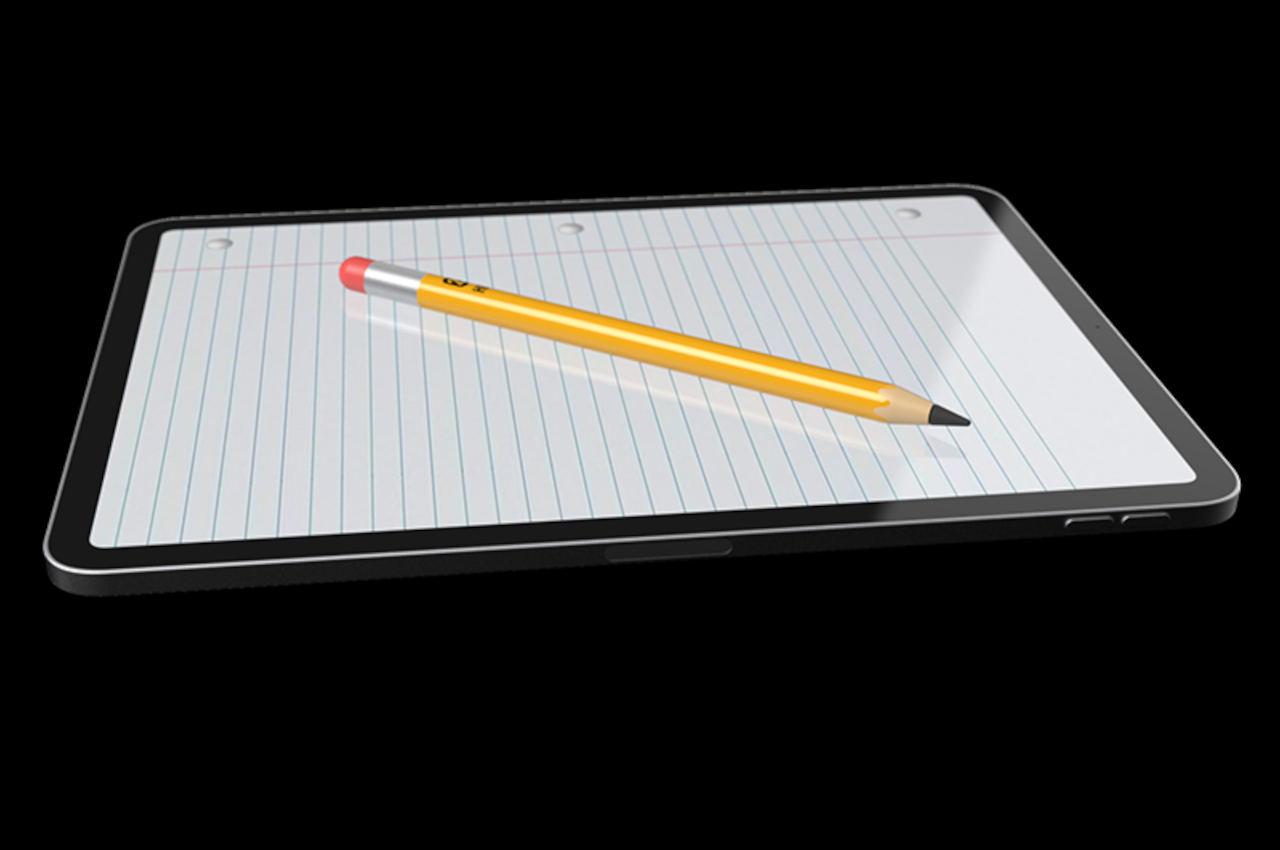
The first Apple Pencil was pretty much a smooth and slippery cylinder that forced some people to put on grips or skins just to be able to securely hold the stylus. The second-gen Pencil improved the design with a somewhat hexagonal body that gave it a better grip but also inspired even more skins to embellish the Apple Pencil’s appearance. After all, with that familiar shape and generic name, it’s almost a dead knocker for the iconic Number 2 pencil known by people of all ages throughout the world.
The Colorware Apple Number 2 Pencil is one such makeover for Apple’s current stylus, but it takes the modification to the extreme. It definitely looks like the Number 2 or HB pencil with its glossy yellow body, orange eraser, and silver band that connects these two parts. Colorware, however, takes the homage one step further: even the tip is black, like a typical graphite pencil.
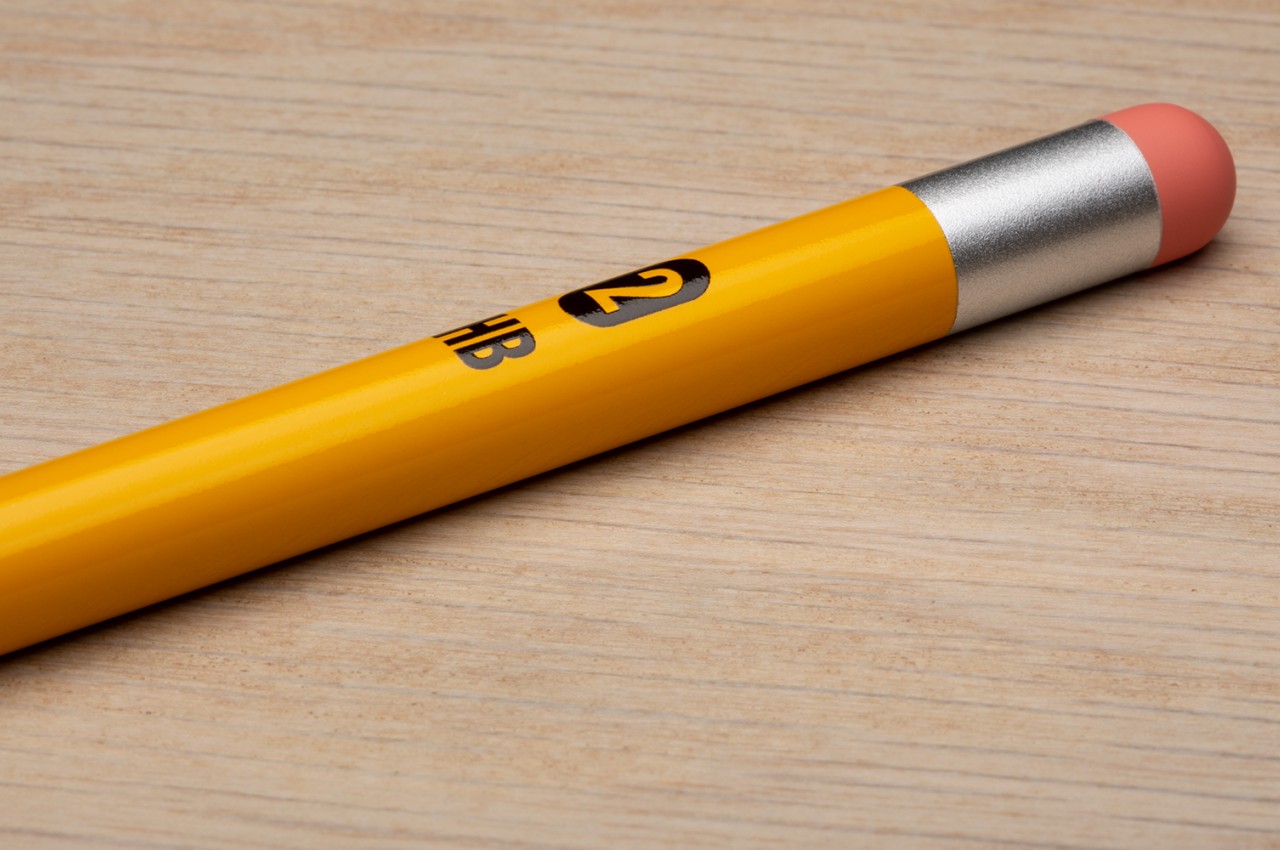
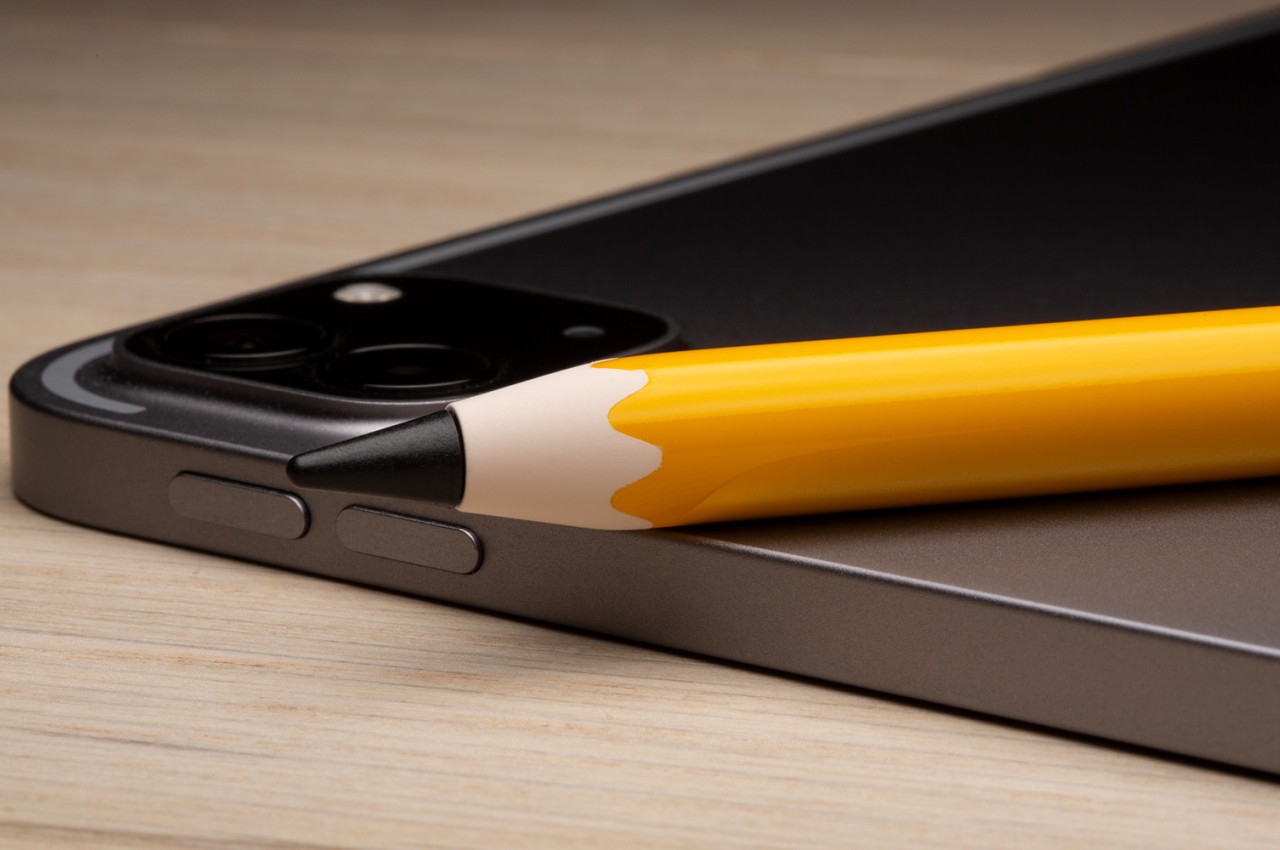
The nib of the Apple Pencil is, of course, white, and almost all skins stop at covering the barrel only. That’s because you can’t really cover the nib and expect its performance to be unaffected. The manufacturer naturally doesn’t divulge what it used to coat the nib, so you’ll have to trust that the Apple Number 2 Pencil will still remain as functional as a regular Apple Pencil.
The catch to this almost faithful recreation of the classic HB pencil is that it costs a whopping $215. Considering the 2nd-gen Apple Pencil retails for $129, that’s not a small cost added on top. A regular skin would only set you back $13 or so, though you’d also have to look for unofficial black nibs if you want to get the complete look. It also doesn’t indicate if that price includes extra nibs, so you might find yourself at a loss when this special black tip needs to be replaced.
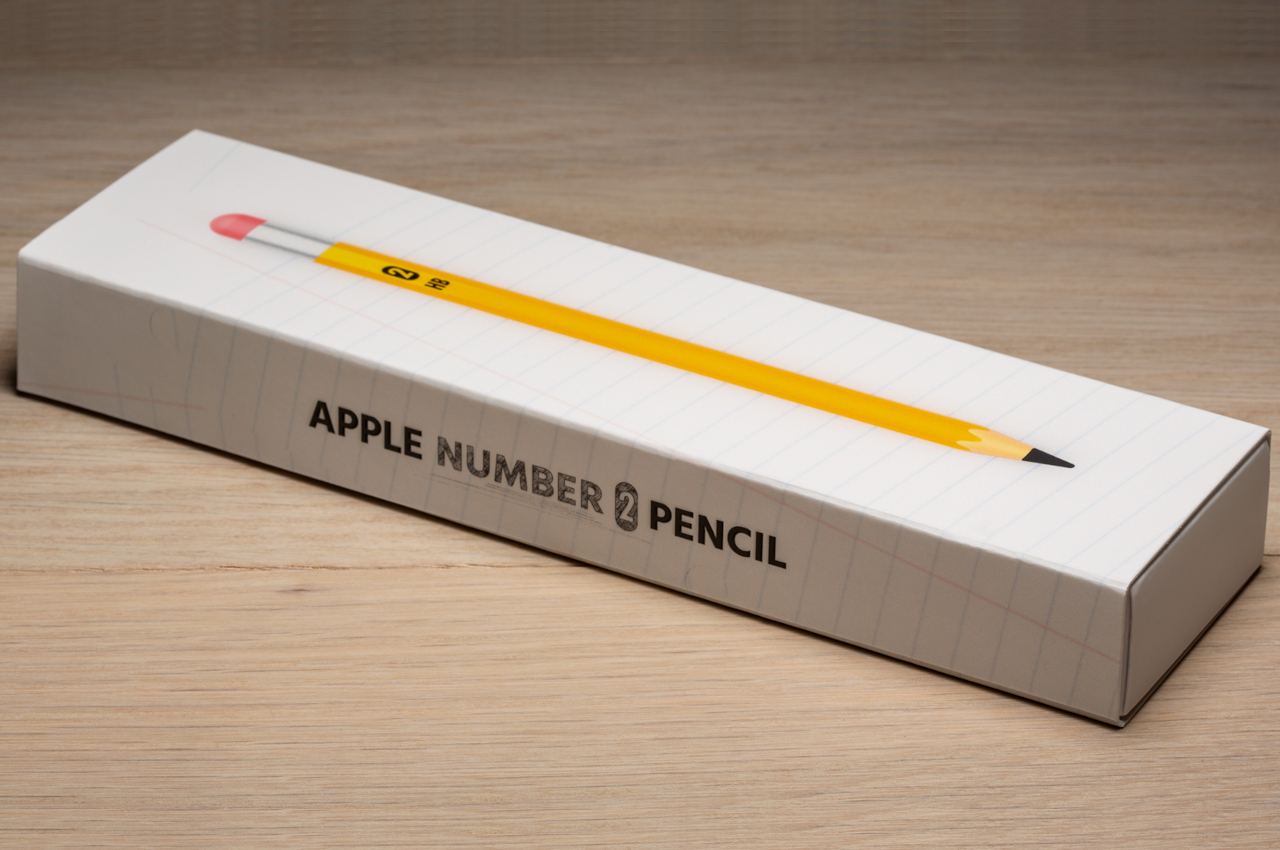
The post Apple Pencil Number 2 skin is a perfect homage with a big caveat first appeared on Yanko Design.

